CGM gives users a more complete picture of their glucose levels and trends. Unlike a blood glucose meter which provides just a single reading with each fingerstick, CGM shows people with diabetes where their glucose is headed and how fast.
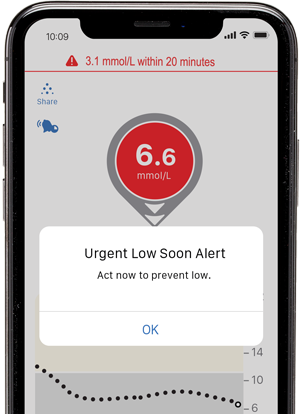
Continuous insight, day and night
CGM helps minimize the guesswork that typically comes from making decisions based solely on a single number from a blood glucose meter. CGM systems display information about glucose direction and rate of change up to every 5 minutes, providing people with critical information to help inform their diabetes management decisions.
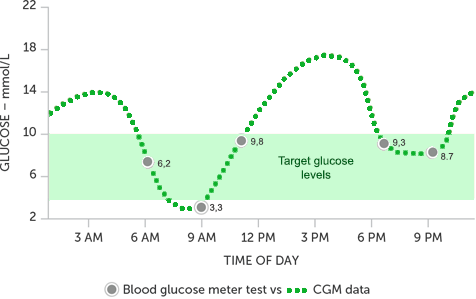
More peace of mind
Every day, people are frequently making decisions about their diabetes – when they eat, go for a run, or go to bed. With a Dexcom CGM system, these decisions are not made blindly, but instead with the knowledge of what their current glucose level is, where it's headed, and how fast. Dexcom G7’s customizable alerts and alarm can warn users if glucose levels go high or low.
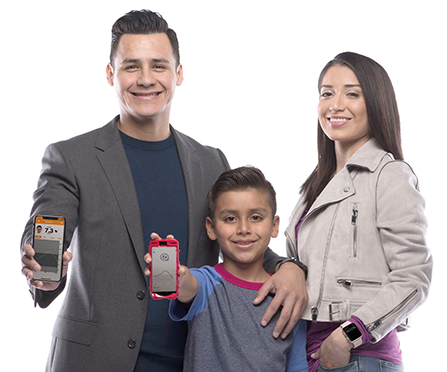
Our most advanced real-time CGM system that continuously measures glucose levels up to every 5 minutes, and sends readings wirelessly to a smart device† or optional receiver – without the need for routine fingersticks* or scanning.
Dexcom G7 CGM Components
The Dexcom G7 CGM System contains three main components:
- All-in-One Sensor – Sensor monitors interstitial glucose levels through a small wire inserted just underneath the skin and sends glucose data up to every 5 minutes wirelessly via Bluetooth to the wearer's display device.†
- Applicator – Compact one-click applicator.
- Display Device – Displays glucose readings and trend data on a compatible smart device§ or optional touchscreen receiver.
Dexcom G7 also provides customizable alerts which can warn the wearer of approaching glucose highs and lows.
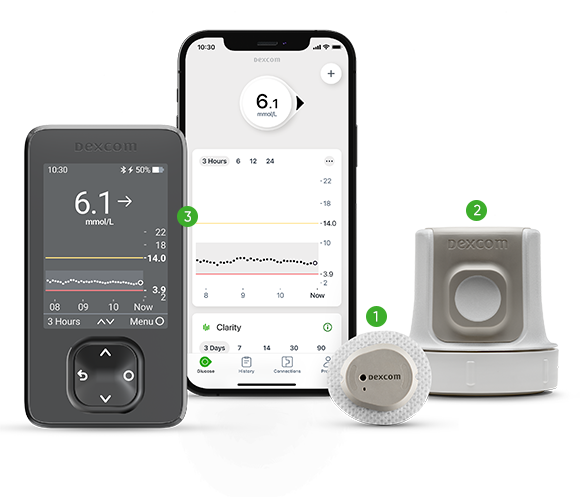
Dexcom G6 CGM Components
The Dexcom G6 CGM System contains three main components:
- Sensor – inserted just underneath the skin with a simple one-touch applicator, the sensor measures interstitial glucose levels.
- Transmitter – fastened on top of the sensor, this component sends data wirelessly to a display device.
- Display Device – displays glucose readings and trend data on a compatible smart device§ or optional touchscreen receiver.
Dexcom G6 also provides customizable alerts which can warn the wearer of approaching glucose highs and lows.
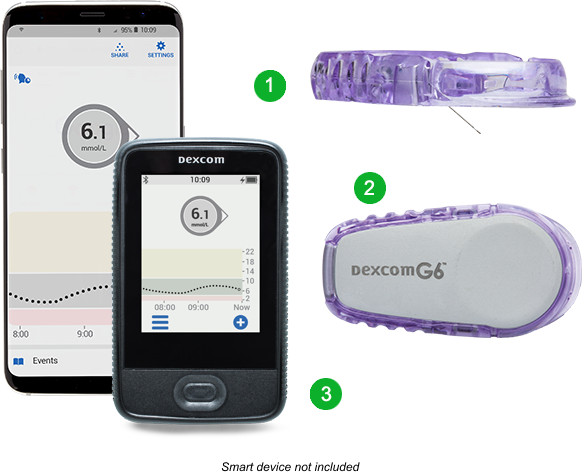
* If glucose alerts and readings from the Dexcom G7 do not match symptoms or expectations, use a blood glucose meter to make diabetes treatment decisions.
† For a list of compatible devices, please visit dexcom.com/compatibility. Use of the smart watch requires the Dexcom G6 App on a compatible smartphone.
‡ Based on data from Dexcom CGM users in the U.S.
1 Beck RW, et al. JAMA. 2017;317(4):371-378.
2 Beck RW, et al. Ann Intern Med. 2017;167(6):365-374.
3 Martens T, et al. JAMA. 2021;325(22):2262-2272.
4 Laffel LM, et al. JAMA. 2020;323(23):2388-2396.
5 Welsh JB, et al. J Diabetes Sci Technol. 2022:19322968221099879.
6 Heinemann L, et al. Lancet. 2018;391:1367-77.
7 Šoupal J, et al. Diabetes Care. 2020;43:37–43.
8 Polonsky WH, et al. Diabetes Technol Ther. 2021;23(3):195-202.
9 Dexcom G7 CGM System User Guide, 2023.
10 Dexcom, U.S. data on file, 2022.




